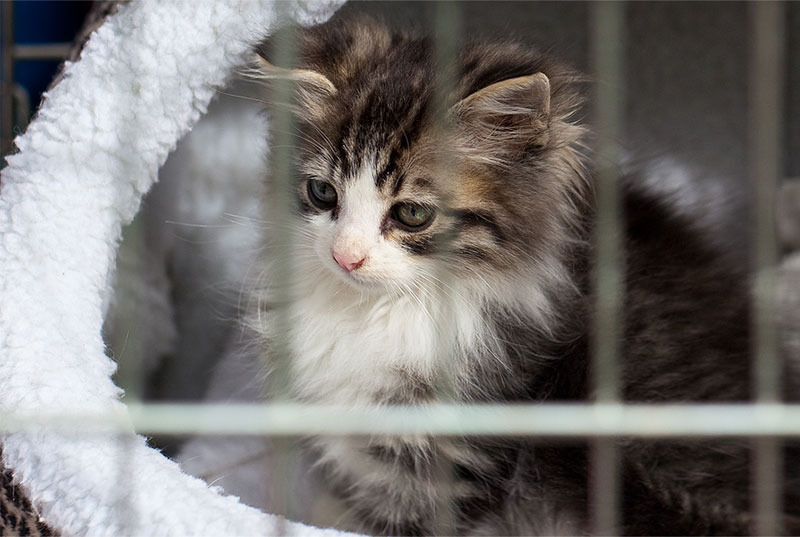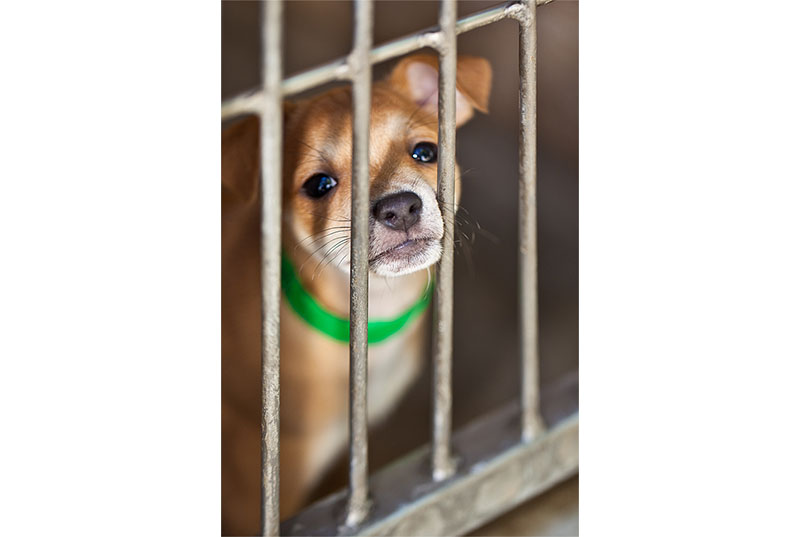Understanding the ‘No-Kill’ Label and Its Consequences for Animals
“No-kill” animal shelters and rescue groups are often operating at full capacity. When faced with an influx of animals, they typically have two alternatives: either reject more animals than they admit, or confine animals in subpar, overcrowded conditions for extended periods – weeks, months, or even years.
Regrettably, many of the animals turned away from these facilities still meet tragic ends, just not within the confines of these shelters. They may suffer cruel treatment from individuals who no longer want them, be abandoned on roadsides where they face starvation or the risk of being hit by a vehicle, or lead a transient life, unwanted and continually producing litters for which there are no homes.
A fortunate few find their way to professionally-managed open-admission animal shelters. In these facilities, they either find a well-vetted, permanent home or are humanely euthanized in the arms of professionally trained, empathetic individuals. This highlights the crucial importance of supporting responsible shelter practices to ensure the well-being of all animals.


